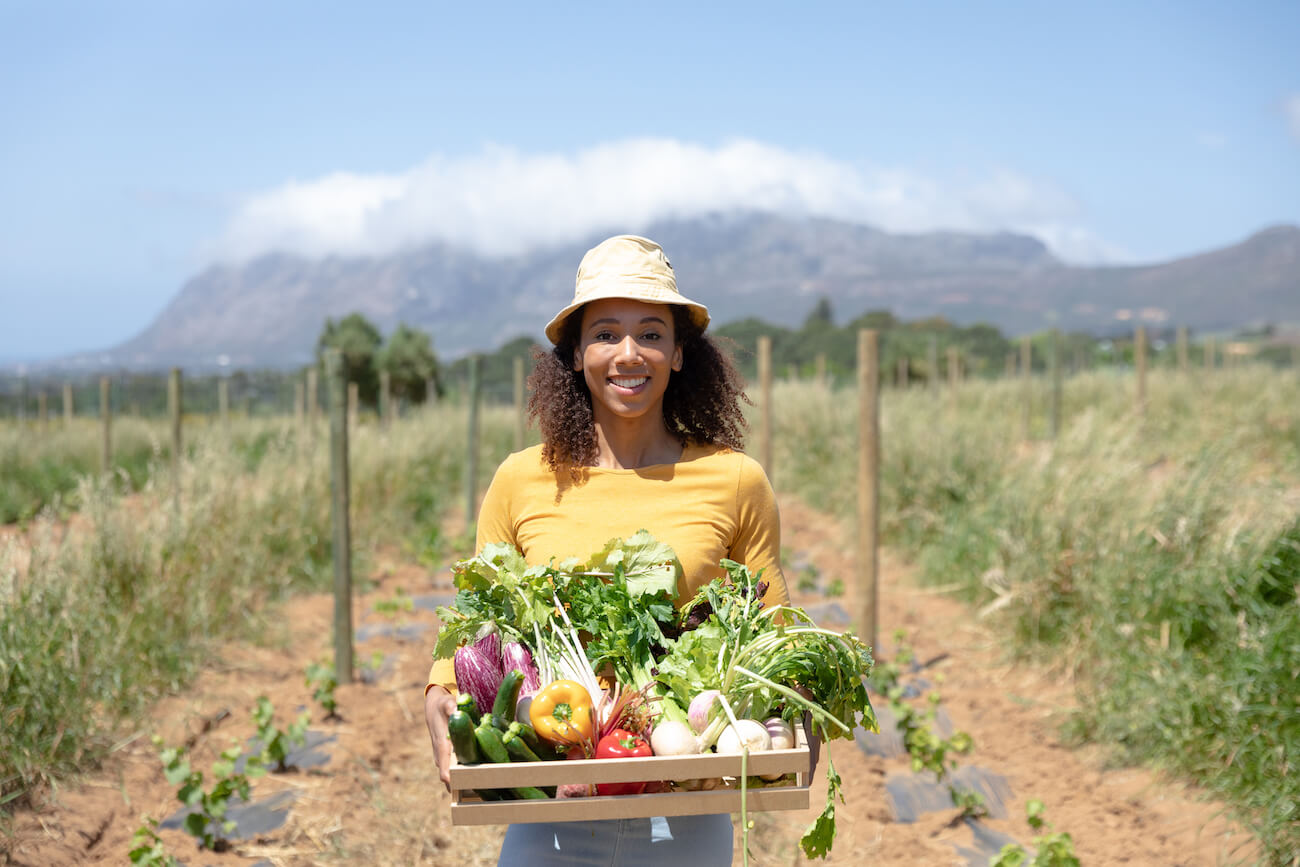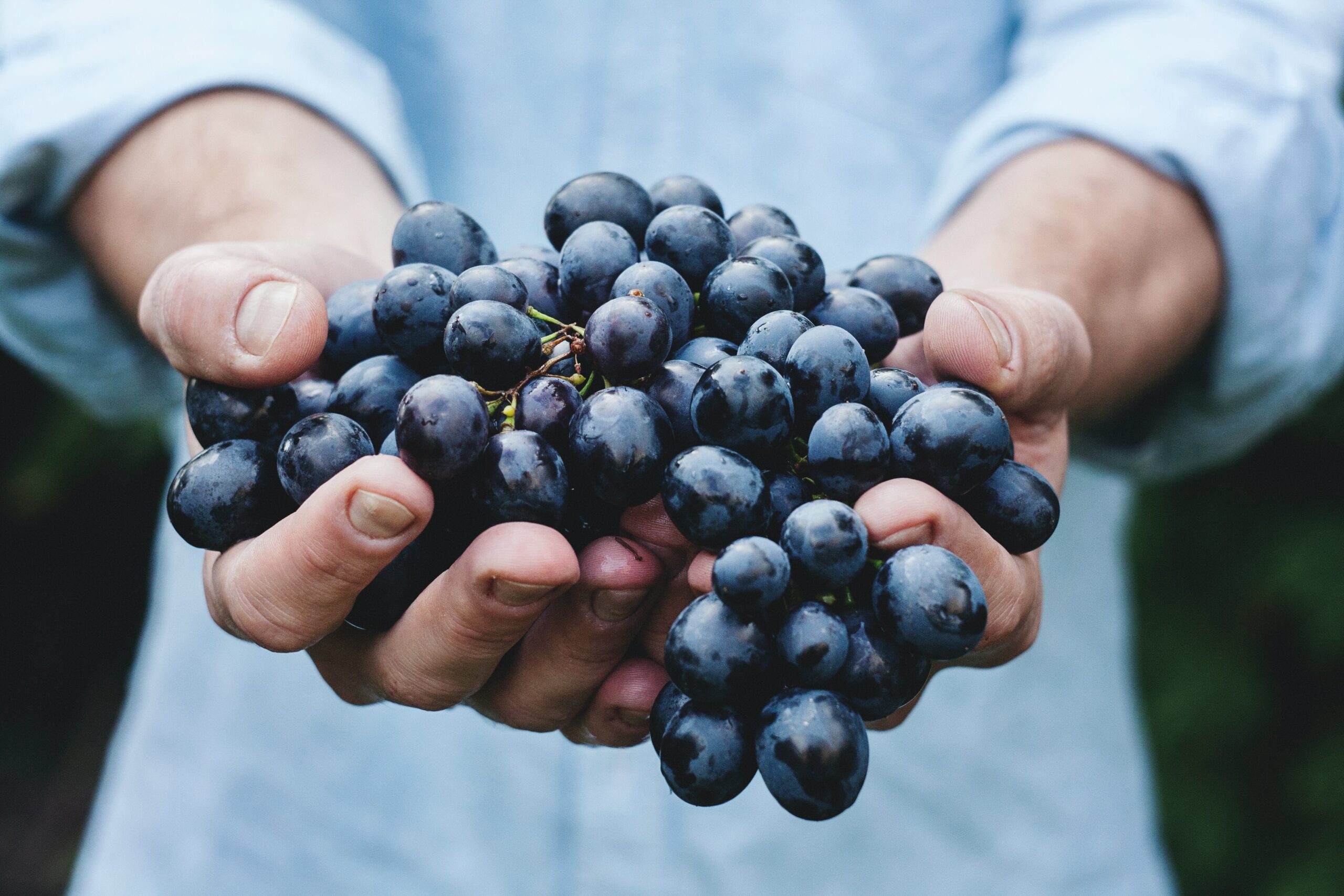Food is the main generator of human energy, isn’t it? But do we really know how our food is produced? Do we encourage producers to be more sustainable and transparent, and what does it exactly mean for us?
Let’s find out why all of these questions are relevant and important nowadays.
Sustainable food production
The “sustainable food production” phrase sounds very fancy. We can hear it from everywhere today, and it feels like consuming the best possible food in the world.
But there is a long way and steps to go through for it to be called sustainable and now we are going to mention them.
Very briefly, sustainable food production is a way of manufacturing that employs non-polluting methods and systems that save non-renewable energy and natural resources. Besides, it is cost-effective, safe for employees, communities, and customers, and do not jeopardize future generations’ requirements.
So what are the steps for the food to be “non-polluting, non-bad for health, and other nons?”
Steps to be called a “sustainable food producer”
First of all, the use of natural resources efficiently! The producer has to:
- decrease the use of fossil fuels and optimise the water use in the production;
- besides, there is no way to become a sustainable food producer without the optimisation of land and reducing the conversion of land for agriculture!
Also, what is not less important, is the protection of the quality of natural resources. This includes the following:
- The protection appropriate use of fertilizers and pesticides to avoid pollution of soils and water is key.
- The reduction of greenhouse gas emissions to maintain the air quality.
- Farming techniques that protect land, water, and energy resources, as well as wetland and forest regions, increase biodiversity.
Obtain food ingredients from environmentally friendly sources.
These sources can include:
- bought with different certifications, like FairTrade, fish products certified by the Marine Stewardship Council. The producers who work with them, are more likely to be the ones with the best quality;
- the ingredients from the sustainable supply chain, about which you can read more here.
Reducing the amount of waste is another way:
- use different techniques, for example, product reformulation to extend shelf life, or
- use of functional packaging to reduce spoilage and waste of perishable foods.
Using environmentally efficient food packaging will not only make your products more sustainable but also better-looking for customers!
- Optimise packaging use;
- Use only the materials that have a lower environmental impact;
- Use recycled material
What are the real benefits to be one of the sustainable food producers
The benefits for the customers are very obvious: better quality of products, taking the part in caring for the environment, as well as the confidence in consuming the best food.
But what are the benefits for producers?
The answer is simple – quite a lot. But there are the main ones:
- By being sustainable, producers now have a chance to lead a great marketing campaign. This will eventually lead to having more consumers on board since everyone wants that best food!
- Reputation among other companies will increase, that could be the first step to be in the club of those “the best”
- You will take the part in changing the world and fight against global warming, isn’t it cool?
Conclusion: more benefits than money spent
Even since being called a sustainable producer requires some effort, the benefits are the determining factor. The producer will get not only the reputation but customers engagement and eventually higher profits.





